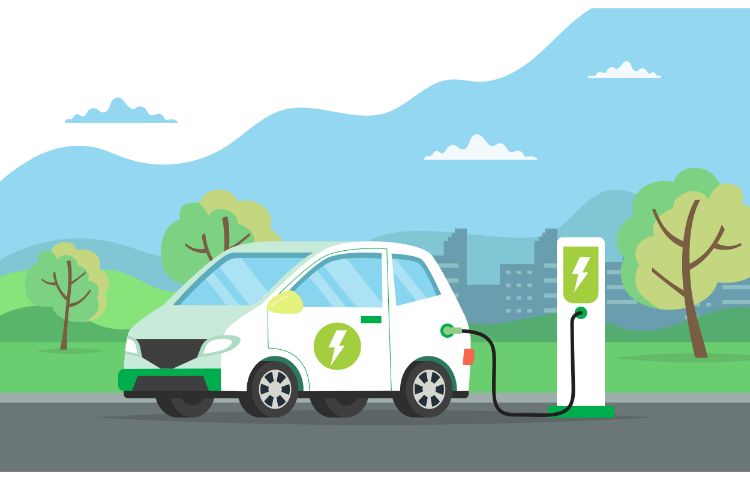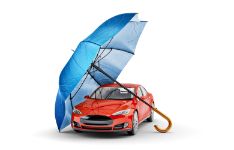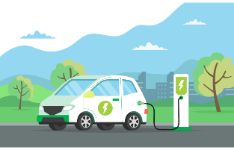


Published on February 23, 2024. EST READ TIME: 2 minutes

Plug-in cars may soon not be requiring a plug for charging. Electric car drivers would move to a specialized parking space when it’s time to power up, wait for a light on their dashboard to switch on, and then leave their car for charging. With wireless EV charging, an inductive transfer of electrons that would eliminate the need for all those plugs and cords.
Significant hurdles for wireless charging will be slow charging speeds. Also, the money and interest needed to build stations and get more carmakers on board would be challenging. While charging without a cord sounds great on paper, the technology faces the same paradox that’s impacting the rollout of public plugs.
Wireless EV charging works by magnetic resonance and a charging pad to generate a power-transmitting field. When a coil in a receiver under the car aligns with a coil in the charging pad, the receiver captures that energy and feeds it to the car’s battery.

Buyers Can Expect Hike in Prices For New Cars & SUVs From Jan 2024
Read More 2 min read

Nitin Gadkari Reveals Roadmap to Fight Pollution with Alternative Fuels
Read More 2 min read

Xiaomi Unveils Its First Electric Car
Read More 2 min read

PMPML Collaborates With Adani Group For Setting Up EV Charging Points in Pune
Read More 2 min read

Tesla to Introduce Most Affordable Car in India Soon
Read More 2 min read
Menu